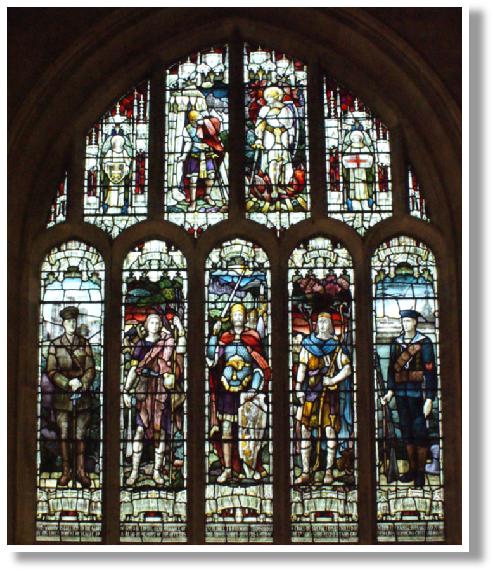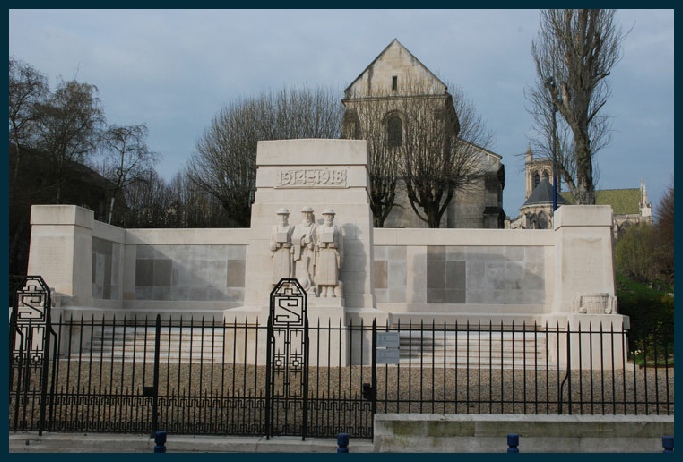Copyright © All rights reserved.



Martin Harrison
Martin Harrison was born in the first quarter of 1896 in Old Malton and his birth registered in Malton. He was the third son of Thomas and Betsey (nee Lane) Harrison who married in the Malton area in the last quarter of 1890 and was one of ten children.
In 1901 the Harrison family was living at 9 Pit Houses (Highfield Road), Old Malton, close neighbours of the Chapman family and Thomas Chapman and Thomas Harrison both clearly worked at the quarry that their houses backed on to.
1901 Census – resident at 9 Pit Houses, Old Malton
HARRISON, Thomas, Head, Married, M, 37, Labourer Limestone Quarry, Norton Yorkshire,
HARRISON, Betsey, Wife, Married, F, 34, , Norton Yorkshire,
HARRISON, Percy, Son, , M, 8, , Malton Yorkshire,
HARRISON, Walter, Son, , M, 6, , Malton Yorkshire,
HARRISON, Martin, Son, , M, 5, , Malton Yorkshire,
HARRISON, Ernest S, Son, , M, 3, , Malton Yorkshire,
HARRISON, Margaret H, Daughter, , F, 2, , Malton Yorkshire,
HARRISON, Emily, Daughter, , F, 0 (6 MOS), , Malton Yorkshire,
By 1911 little had changed though Martin was now working as a groom, though still living at home rather than having accommodation provided by his employer.
1911 Census – resident at 9 Pit Houses, Old Malton
HARRISON, Thomas, Head, Married, M, 46, Labourer General, Yorks Norton,
HARRISON, Betsy, Wife, Married 20 years, F, 43, , Yorks Old Malton,
HARRISON, Martin, Son, , M, 15, Groom Service Domestic, Yorks Old Malton,
HARRISON, Maggie, Daughter, , F, 12, School, Yorks Old Malton,
HARRISON, Emily, Daughter, , F, 10, School, Yorks Old Malton,
HARRISON, Dorris, Daughter, , F, 8, School, Yorks Old Malton,
HARRISON, Norah, Daughter, , F, 6, School, Yorks Old Malton,
HARRISON, Jack, Son, , M, 5, School, Yorks Old Malton,
HARRISON, Evlin, Daughter, , F, 2, , Yorks Old Malton,
Like many other local boys, Martin enlisted in the 5th Battalion of the Yorkshire Regiment, the local Territorial unit.
After many losses on the Somme and around Ypres and after the German advance towards Amiens, the 5th Battalion was moved to a relatively safe sector to train new recruits, to rest and refit near Craonne. By the 21st May 1918 they were back in trenches and for the next few days things were relatively quiet though intelligence gained from German prisoners suggested that a major attack was expected on 27th May. On 26th May the Battalion War Diary records:
“26th -
The 27th May was a catastrophic one for the 5th Battalion. A barrage began at 1.00am and the German attack was launched at 4.30am. The Divisional report reads:
Harassing fire had been carried out during the early part of the night by our Artillery and Machine guns, on the enemy approaches, upon abnormal activity being notices during the evening of the 26th.
At 1.00 am the bombardment opened with all nature of shell, including gas. Brigade HQ in particular was shelled inconsistently with gas and masks had to be worn outside the gas-
All communications were cut within a very short time, except buried cables. These existed to Battalion HQ and Observation Posts on the Plateau. The bombardment was the heaviest yet experienced and heavy casualties were caused in the forward posts on the Plateau.
No Infantry attack developed against the Brigade front from the North, but as a result of the successful advance made by the enemy on the Right position of the Divisional Frond and through the 22nd French Division on the Left,
the Plateau was enveloped on both flanks by about 6.30 am. The hostile barrage was maintained on the Plateau itself to the last. It is feared that many men were captured in the deep dug outs before they were able to come out.
The Observation Posts on the Plateau had been unable to report the progress of events owing to the smoke and dust. There was no morning mist. The buried cables to Right Battalion held and Lt Col Thomson reported about 5.45 am that his HQ Company were then fighting around his Command Post and that they appeared to be surrounded.
No news was received from the 4th East Yorks, very few of whose men came back, but it is probable that they were overwhelmed about the same time. The Brigadier General Commanding decided, in view of the general advance being made by the enemy along the whole front, that no counter-
The Brigade HQ had now become dispersed as a result of hostile shelling. The Staff Captain and Intelligence Officer had been wounded earlier in the morning and the Brigade Major was wounded whilst withdrawing towards the River Aisne. Brigadier General Rees, it is believed became too exhausted to continue and was captured. Some few stragglers were collected on the River and placed under such Officers as could be found. The Brigade HQ ceased to exist temporarily and was not reformed until the arrival of the Division at Vert La Gravelle on the 31st May.
The last report from Lt Col. Thomson, the recently promoted commander of the 5th Battalion was at 6.00am and read “HQ company fighting about the command post and appear to be surrounded”. Like Martin Harrison and 100 more of his Battalion, mainly from this area of Yorkshire he died that day. Martin Harrison is commemorated on the Soissons Memorial which commemorates almost 4,000 officers and men of the United Kingdom forces who died during the Battles of the Aisne and the Marne in 1918 and who have no known grave.
The memorial was designed by G.H. Holt and V.O. Rees, with sculpture by Eric Kennington. It was unveiled by Sir Alexander Hamilton-
Martin Harrison is also among those commemorated in the East Window of St Leonard's Church, New Malton donated by the family of Lt-

